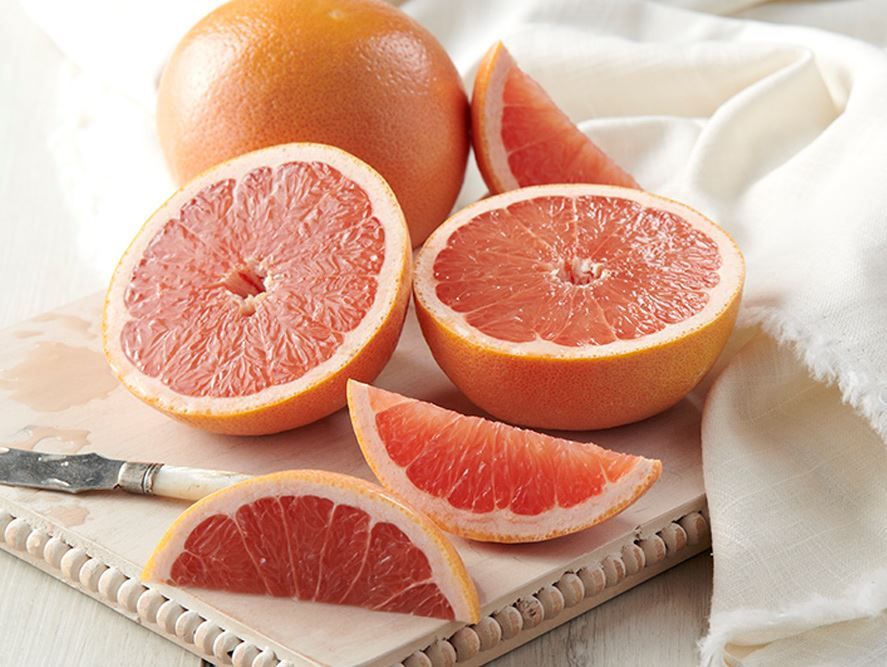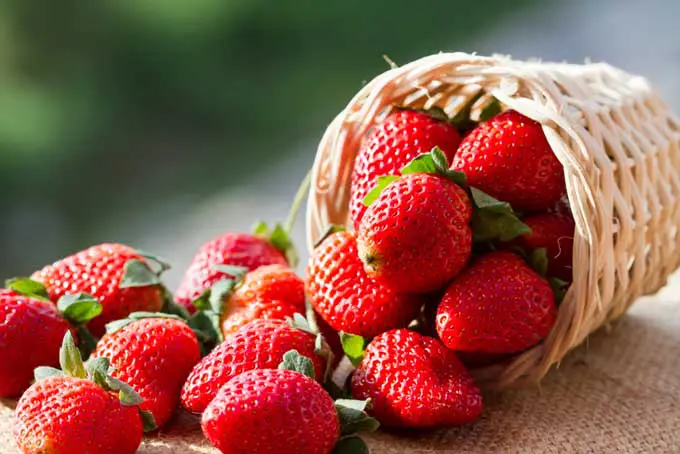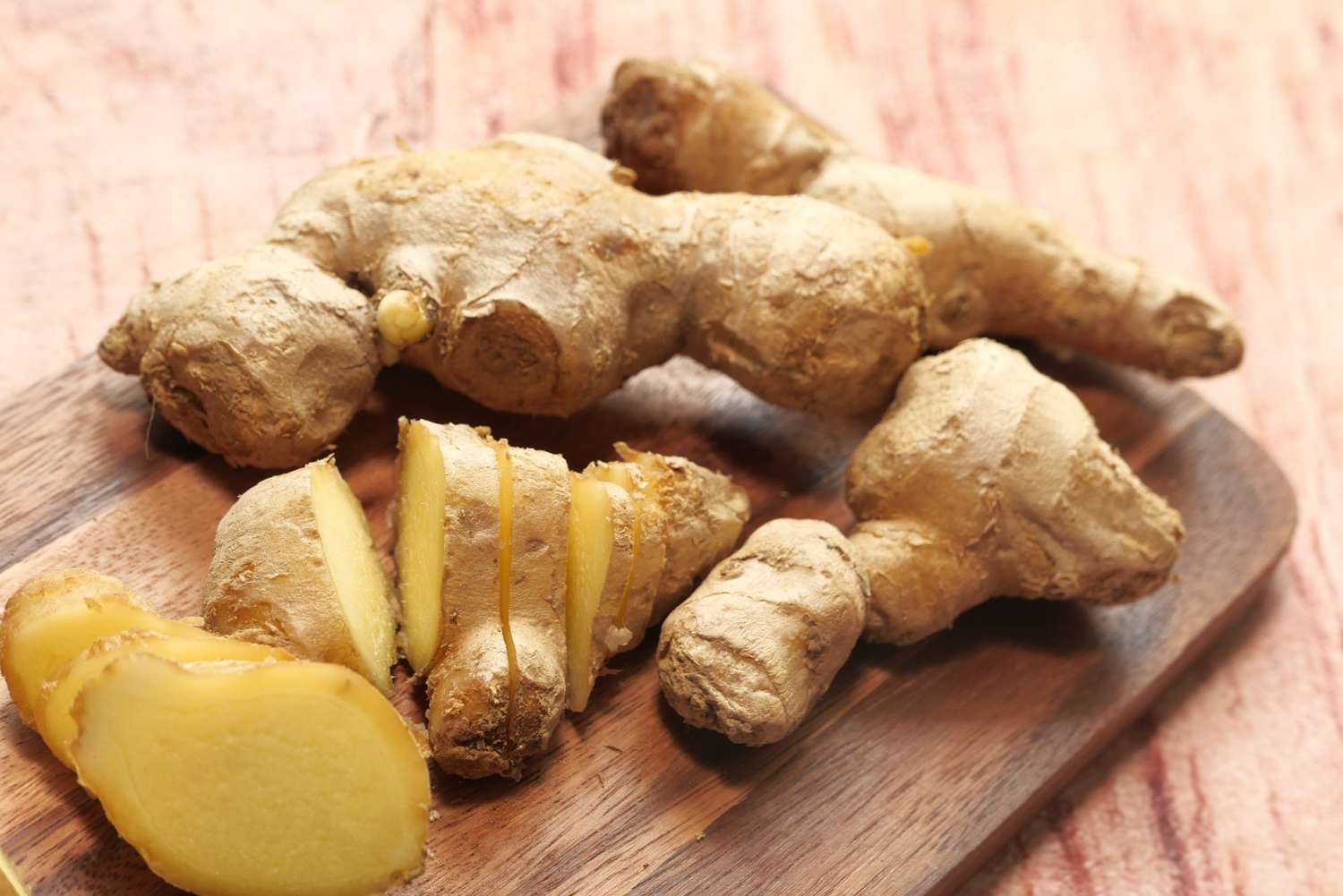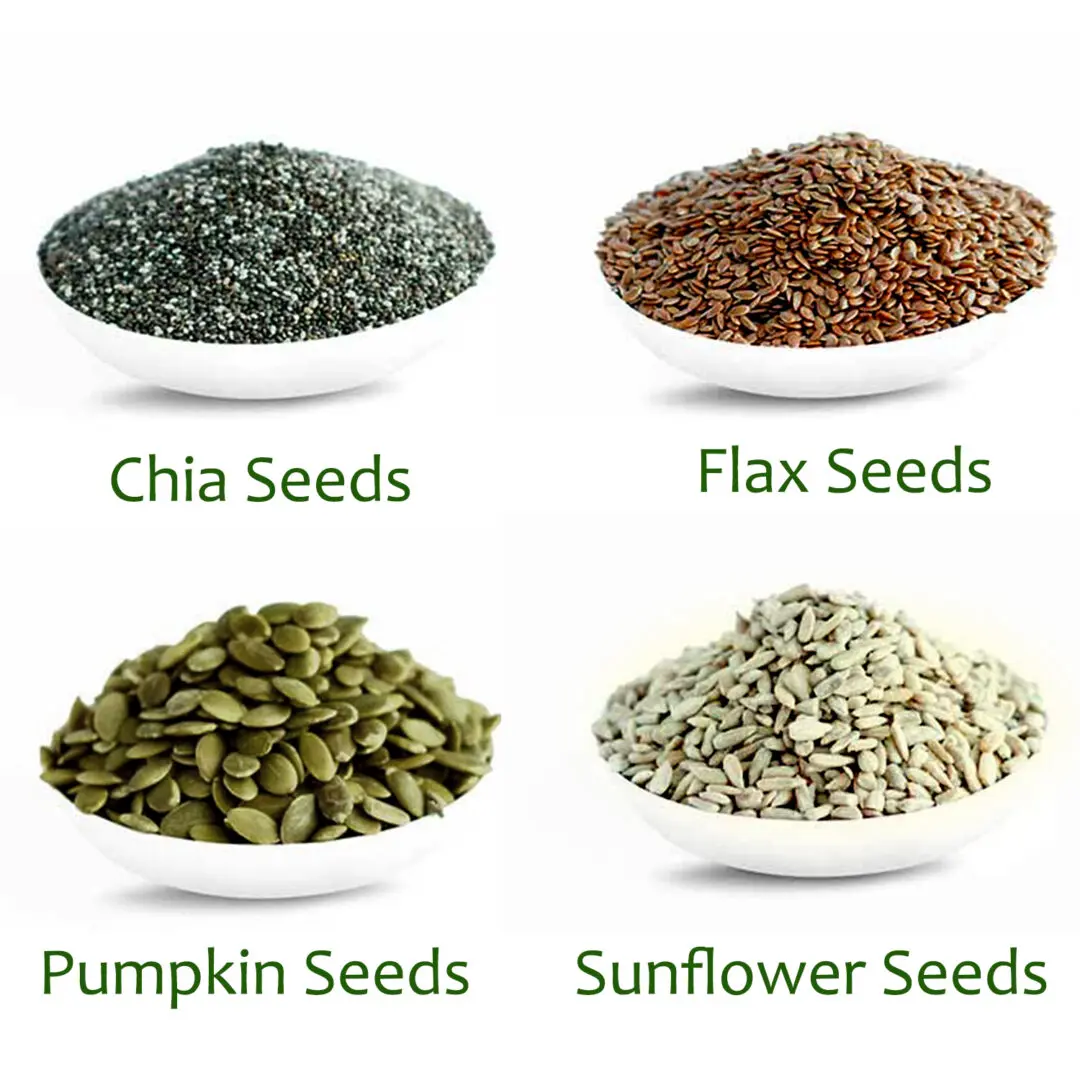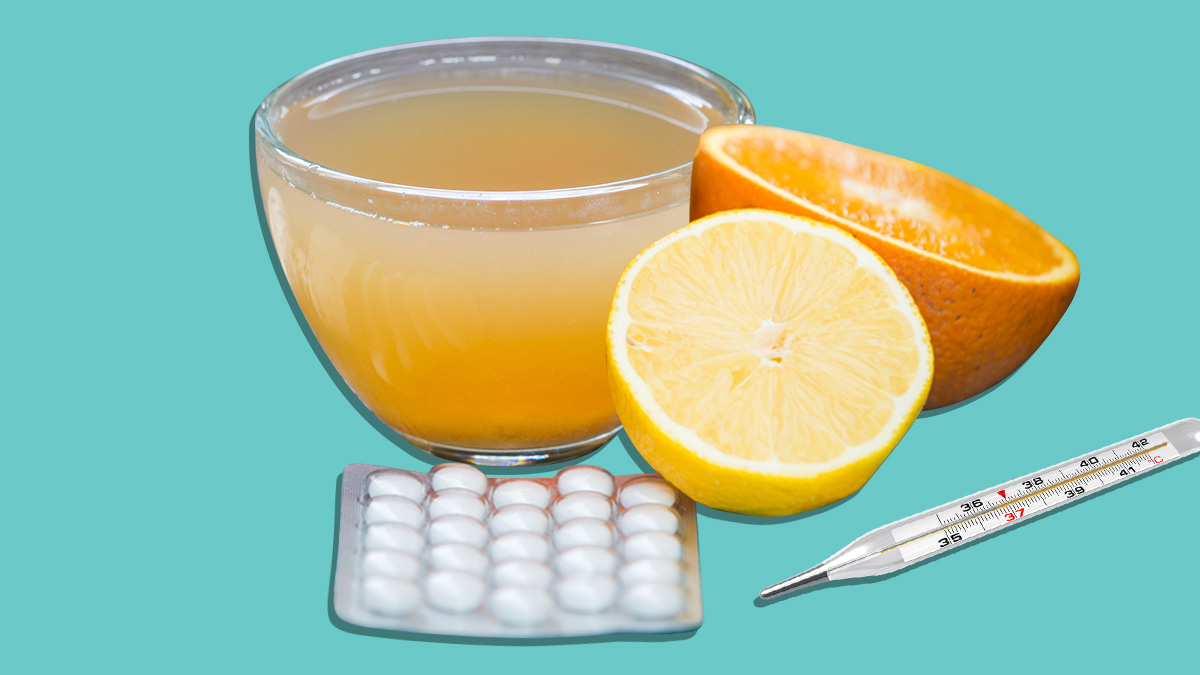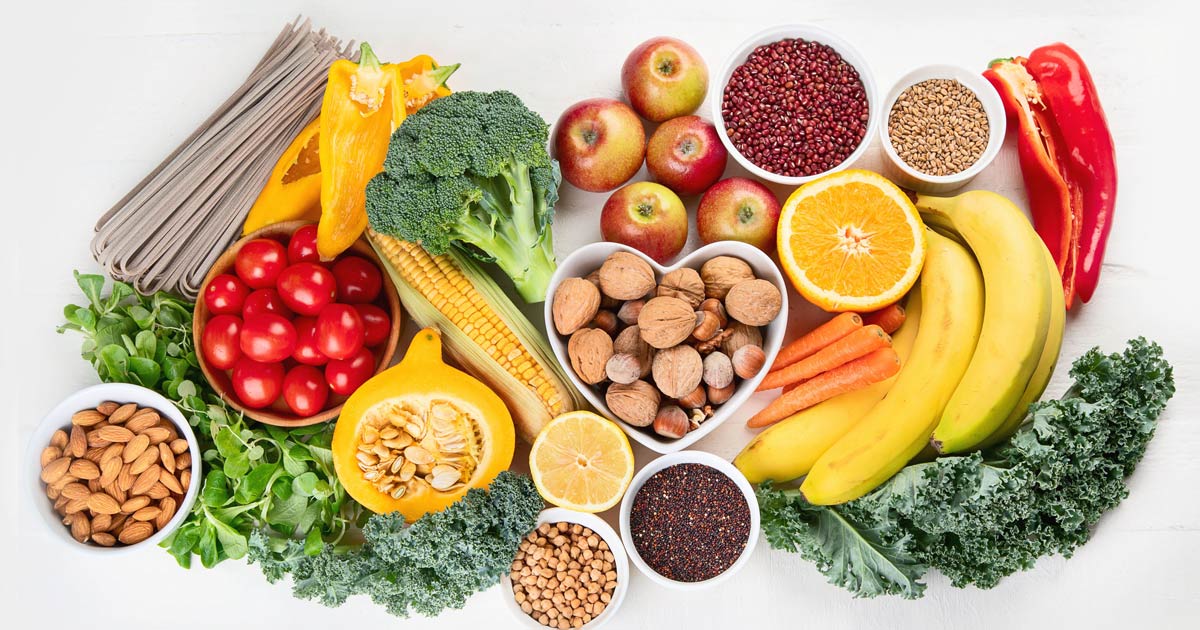Complete Proteins

Complete proteins are those that contain an adequate amount of all he essential amino acids. These include all the animal based proteins and some plant based protein. Examples of complete animal protein include meat, fish, and dairy products eggs. Examples of plant based complete protein are Quinoa, Buckwheat, Hemp, Chia seed and Spirulina.
Incomplete proteins are those that do not contain all the essential amino acids. These have to contain all the amino acids for them to be complete. If its missing one, then it is not a complete protein. Examples of incomplete protein are nuts, seeds, legumes, grains and vegetables. An incomplete protein doesn’t mean that its inferior it can be combine with other protein to make the meal complete with protein. This combination is known as complementary. An example is rice and beans.
Legumes, beans, nuts and grains by themselves are not complete protein but when they can be combined with to other sources to contain all the essential amino acids.
Three plant based proteins are spinach, lentils and quinoa.
Quinoa is high in protein and is adequate in all the essential amino acids. This make quinoa a complete protein. It contains 11 grams of protein per cup. It is also rich in manganese, copper and prosperous. It has greater amounts of lysine and isoleucine than any other grains.
Lentils – These are legumes that grow in pods. They are rich in molybdenum, prosperous, potassium and protein among other nutrients. They contain 17.86 g of protein per cup, however although a high source of protein, they do not contain all the essential amino acids and not considered a complete protein.
Spinach– There are many different kinds of spinach and they are packed with nutrients including protein, iron and phytonutrients. Health benefits include anti-inflammatory, antioxidant support, vision health and bone health. One cup of spinach contains 5.35 g of protein. Spinach is lacking some essential amino acids and so it is not considered a complete protein.
The three foods with the highest protein are:
Tempth- 24 g per 4 oz.
Seitan – 24 g per 4 oz.
Hemp seeds- 16 g per 3 tablespoon
References
Wikipedia ( 2017) Complete protein retrieved from https://en.wikipedia.org/wiki/Complete_protein
Built Lean (2016). Complete vs Incomplete protein retrieved from http://www.builtlean.com/2012/10/03/complete-vs-incomplete-protein-sources/
Whfoods (2017) Quinoa retrieved from http://www.whfoods.com/genpage.php?tname=foodspice&dbid=142
WHfoods (2017) lentils retrieved from http://www.whfoods.com/genpage.php?tname=foodspice&dbid=52#nutritionalprofile.
Mateljan, G. (2015). The world’s healthiest foods. Seattle Washington, George Mateljan Foundation.



